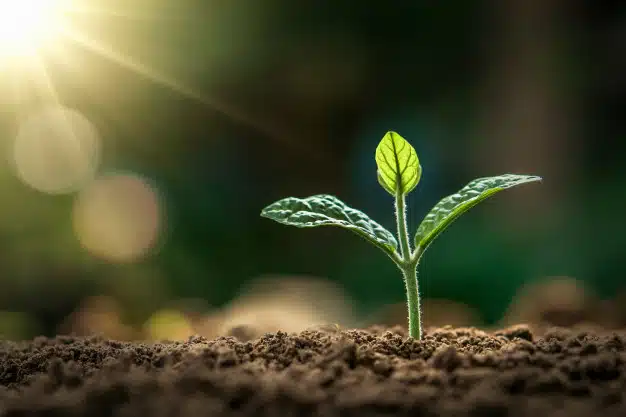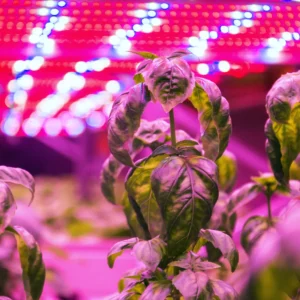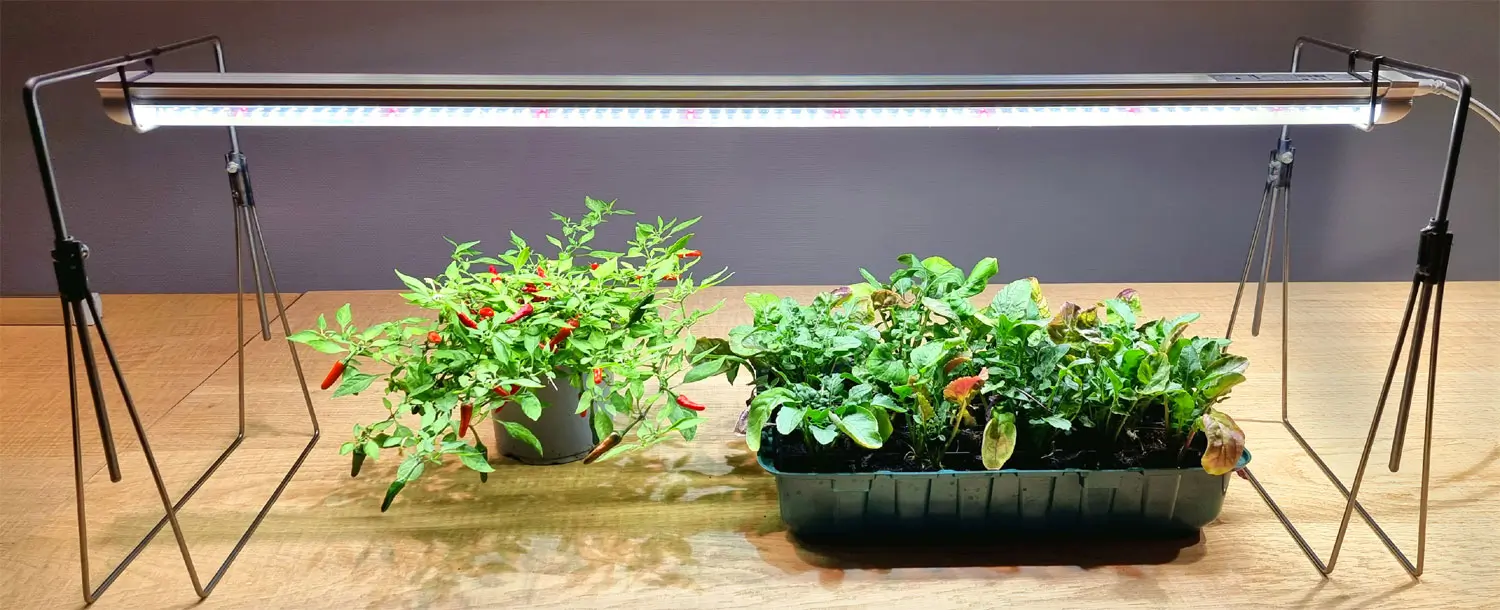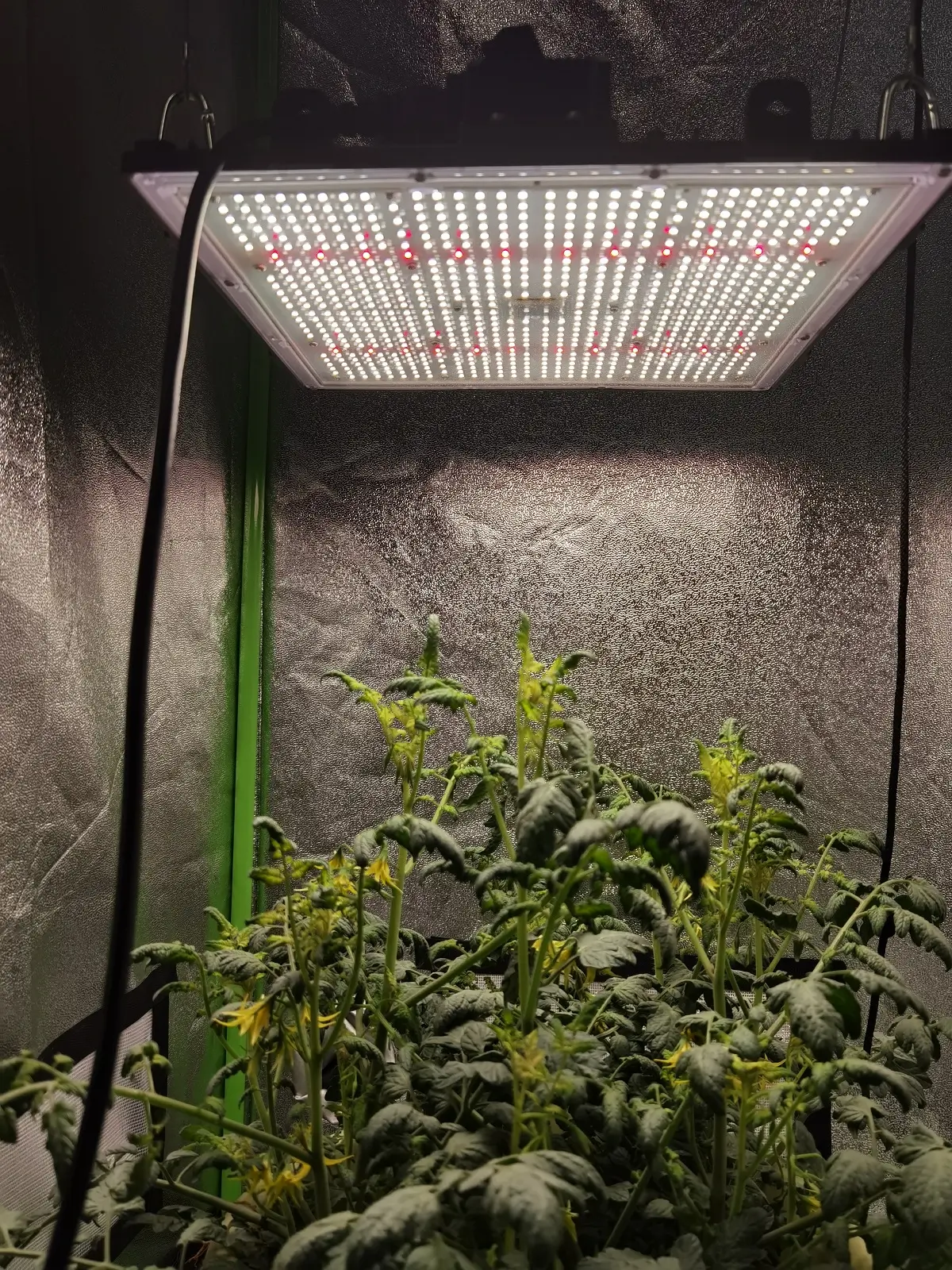If you have researched lamps for growing plantsYou've probably been bombarded with different numbers and measurements that lamp manufacturers use to market their products. Some of the terms and acronyms you're likely to come across are: Watt, Lumen, LUX, PAR, PPF, PPFD, DLI and photon efficiency.
Although all of these terms are related to lighting, only a selection of them really tell you the most important information for choosing a lighting system for growing plants.
The purpose of this article is to define what PAR lights and ePAR (extended PAR) grolys are, and correct some common misconceptions as well as help plant growers understand which measurements are relevant to grow lighting systems and which are not.
Read on to learn more about what PAR light is...
What does PAR grow light mean?
COUPLE grow lights are the wavelengths of light within the visible range of 400 to 700 nanometers (nm). All plants need light, but some plants need more light than others.
The amount of light a plant needs to thrive is measured in a unit called PAR (Photosynthetically Active Radiation).
PAR defines which part of the light spectrum the plant uses to create photosynthesis.
Most plant photosynthesis is best fuelled by blue light which is 460nm and red light which is between 650-700nm, also known as chlorophyll-B and chlorophyll-A. However, nature is so cleverly designed that plants can also absorb the green and near infrared rays (NIR 700-730nm).
Plants do not absorb the green wavelengths from the grow light, but instead reflect the light so that the deeper parts of the leaves and plant can use them to produce energy.
It can therefore sometimes seem as if the green light is useless for the plant. Scientists were also convinced of this for many years, but this is unfortunately not a correct assumption.
It has now been proven by several researchers that the green light is less effective for plants than the other colors, but that it contributes to the growth and resistance of the plant in other ways.
The researchers used spinach to prove that green light is less efficient than both blue and red light, with the quantum efficiency under green light being 10% less than that of red light and 25% less compared to blue light. It can therefore still contribute to healthy growth in most cases.
However, it can still be complicated to find the right balance in PAR grow lights for plants, which is why most professionals recommend using white full spectrum light, as you are then sure that your plants get the correct light.
The plants don't just need red and blue PAR grow lights – Plant growth under the canopy
This process is a very complicated one, which is influenced by many different factors. Green, yellow and NIR light play a different role for the plant, although they are less effective for photosynthesis.
Green and yellow light because they have the quality that they go deep into the plant and ensure growth under what is called canopy – i.e. the light penetrates deep into the leaves and down along the plant's entire height, which is not possible with the blue-red light.
The big problem was that in the early days of research in grow light assumed that plants only need red and blue light. That's why many of the first generations of LED grolys panels contained errors.
The errors consisted primarily in the fact that all diodes were blue and red with a high amount of watts, which resulted in a lack of growth under the canopy - that is, under the "crown" of the plant.
The plants therefore sometimes experienced discolouration and burning at the top as all the light energy was deposited in the top shoots instead of also reaching deeper into the plant - there was does not effective canopy.
But with more modern LED grow light which are designed according to the PAR principles, like many of those you can buy on this site, these problems do not exist.
Host plantelys.dk we offer LED grow and grow/PAR grow lights that are absolutely ideal for giving your indoor plants the best conditions to grow and thrive.
Find out more and buy here: LED grow light
Today we're going to talk about PAR output. PAR is one of the biggest factors in determining whether your grow lights will give you the best yield in your garden. PAR is part of our benchmark measurements when we test grow light systems.
It can be used to test all types of HID grow lights, CMH grow lights, LED grow lights and T5 grow lights. What makes a grow light suitable for your needs is the PAR output (or "PAR rating") of that light.
But to understand what makes a PAR reading so significant, we'll discuss PAR, PPF and PPFD and what it means for your garden.
What is PAR?
PAR stands for Photosynthetic Active Radiation. What does it mean? Let us explain: In scientific terms, light has properties of both photons and waves within the visible light spectrum. The light that plants can absorb is used for photosynthesis. In short: grow lights (which mimic the light of the sun) emit lots of light waves (colours) when they shine. However, plants will only absorb some of these wavelengths and use them to 'eat'. The rest of these wavelengths are reflected from the plants. So what does this have to do with PAR? Some people think that PAR is a measurement of all the light coming from a light source. This is not the case. PAR is the amount of light that plants can use - the wavelengths that will be used for photosynthesis. Like the difference between a growing area and a canopy, PAR is not a measurement of all the light a grow light emits, but a measurement of the wavelengths the plants will absorb.
Read more here about light in indoor growing…
How does grolys work
To promote photosynthesis in plants, grow lights mimic sunlight, which the plant converts into chemical energy to grow
Can you use LED lights for plants
LED light cannot completely replace sunlight, but you can use LED light for almost all plants, including vegetables, flowers and herbs. Especially indoors, LED light can replace the lack of natural light
What is PAR
PAR is the amount of light that can be used for plants the wavelengths that will be used for photosynthesis. PAR is not the measure of all the light a growing light gives off, but The measurement of wavelengths plants will absorb.








